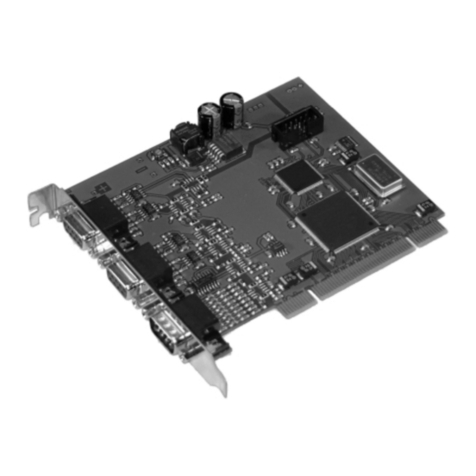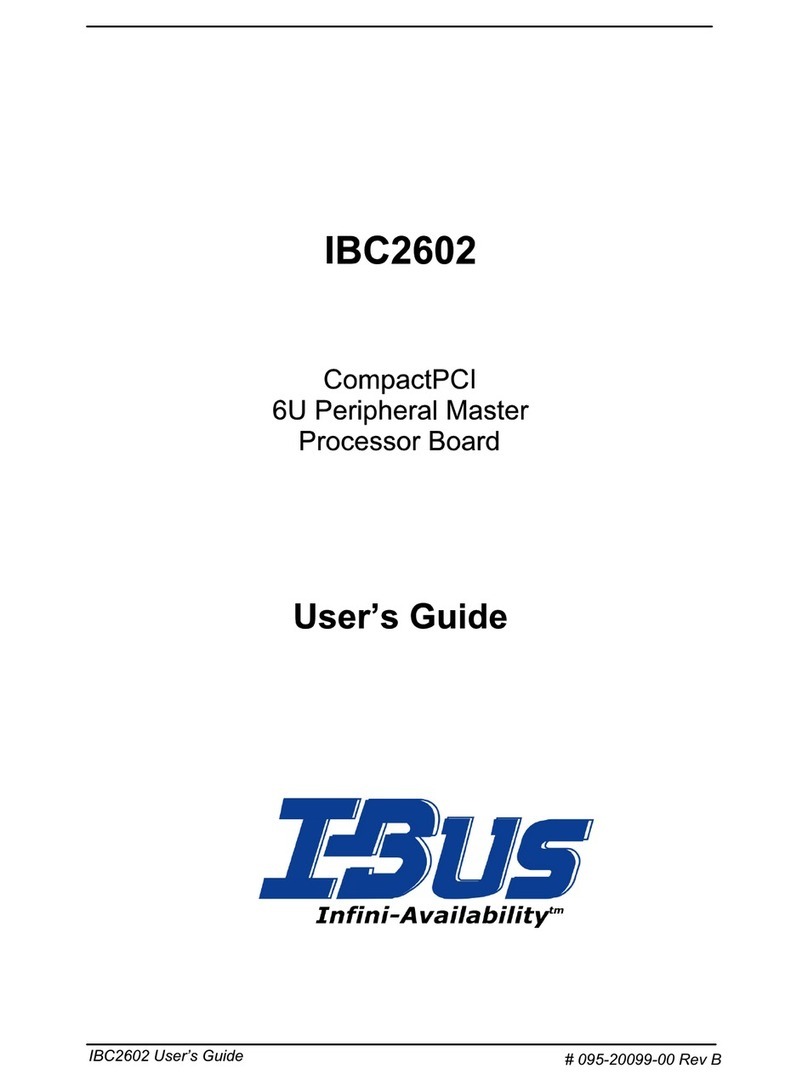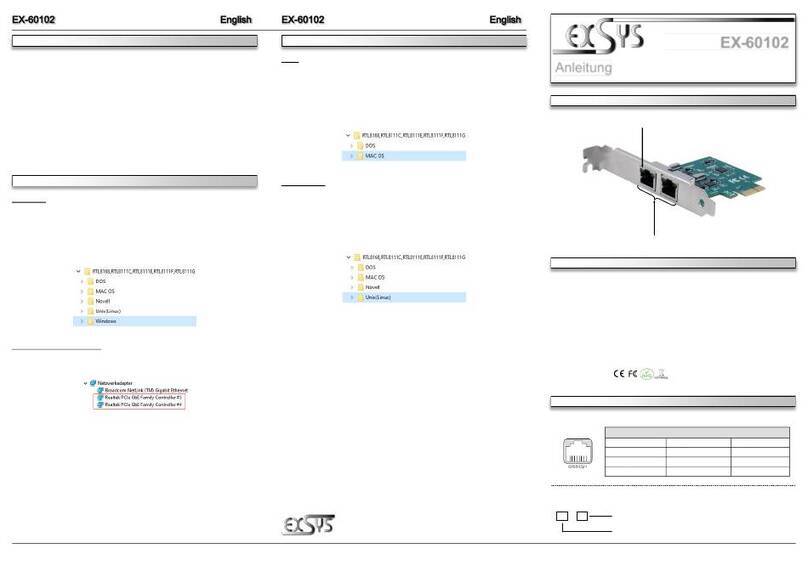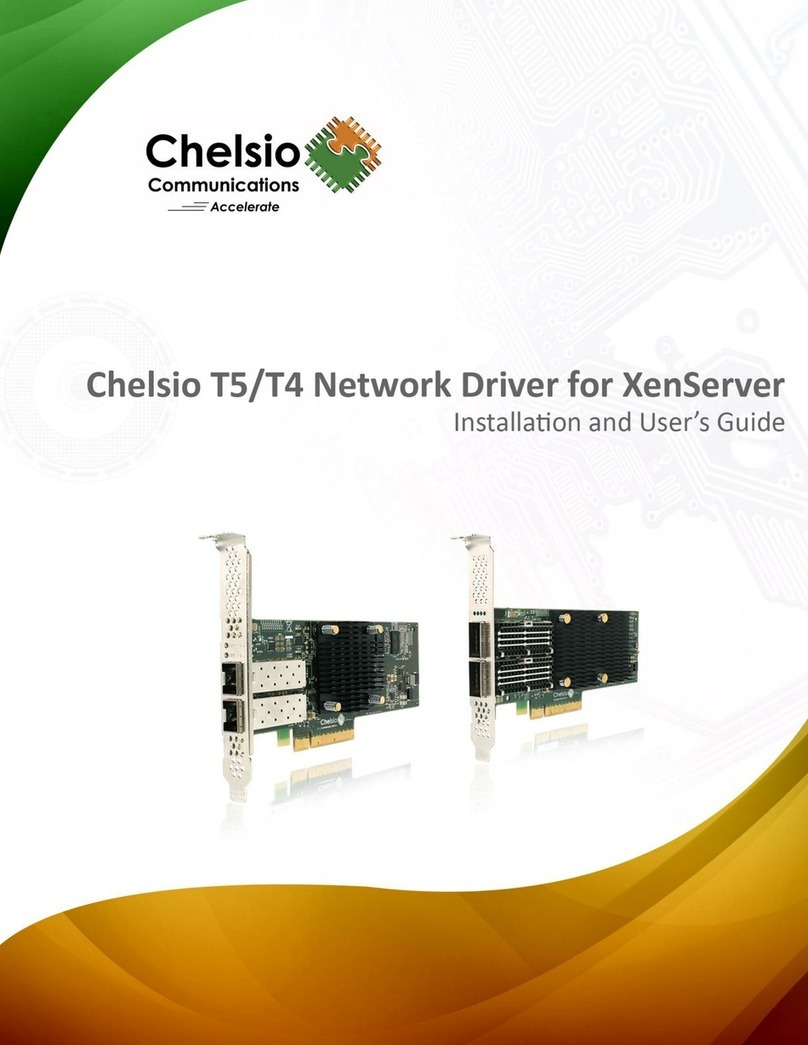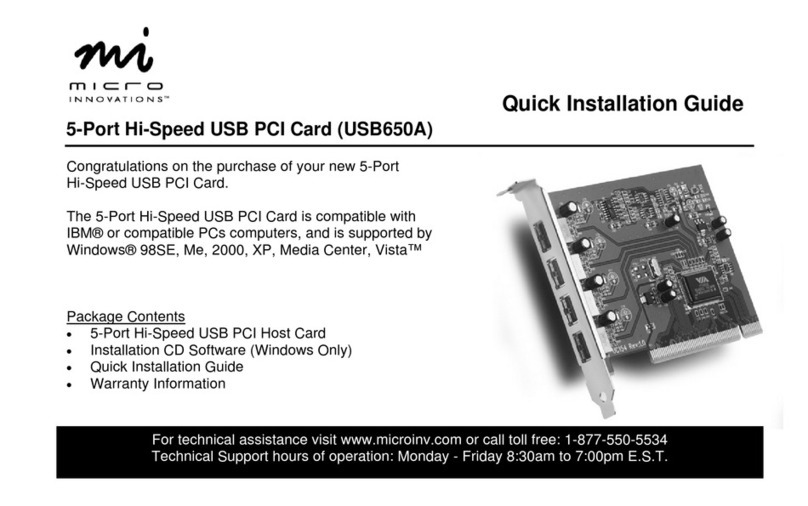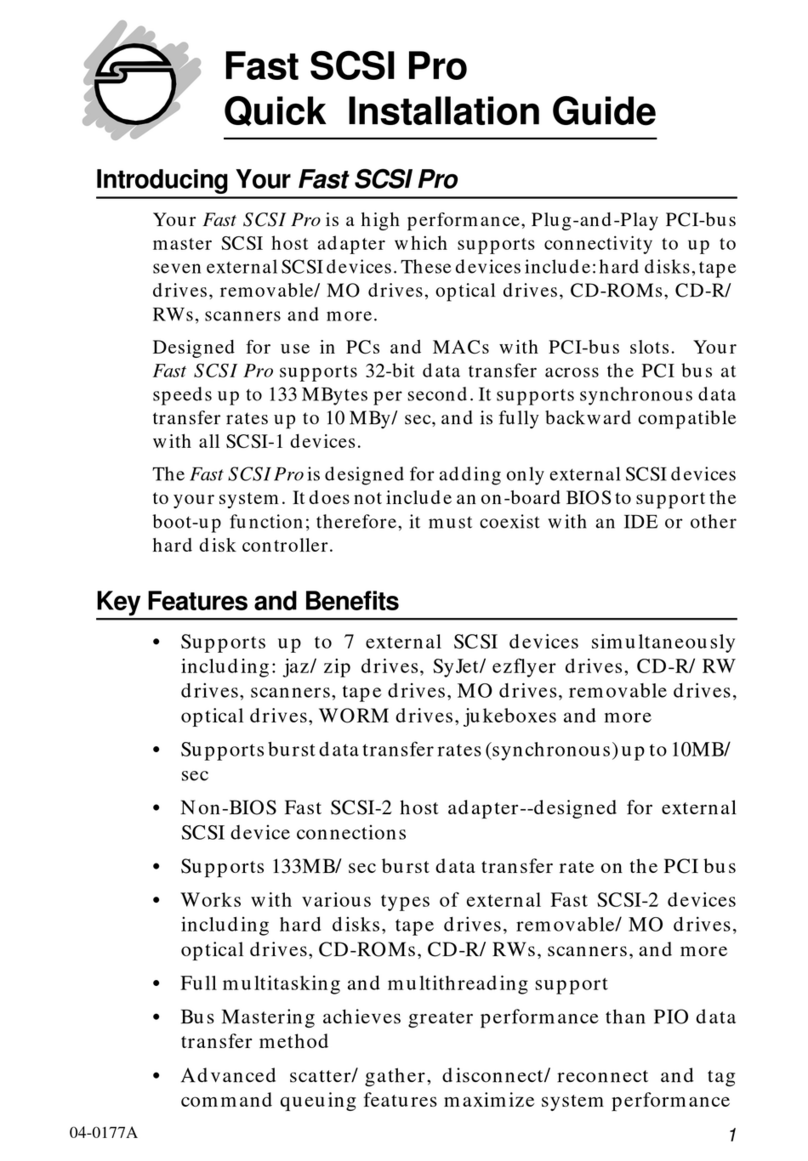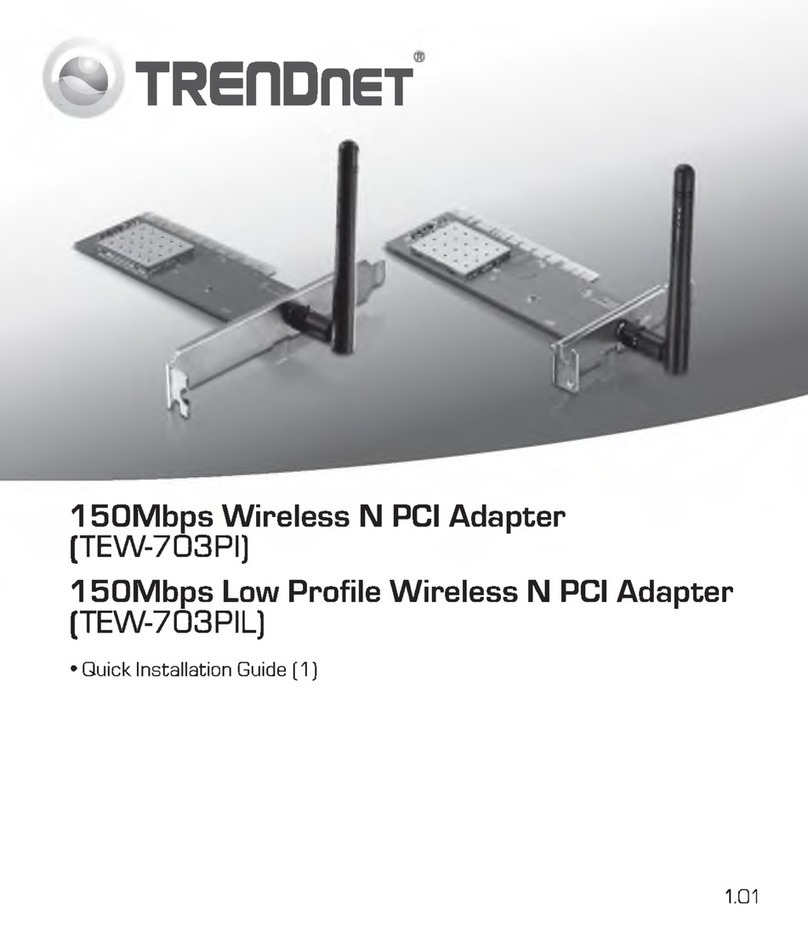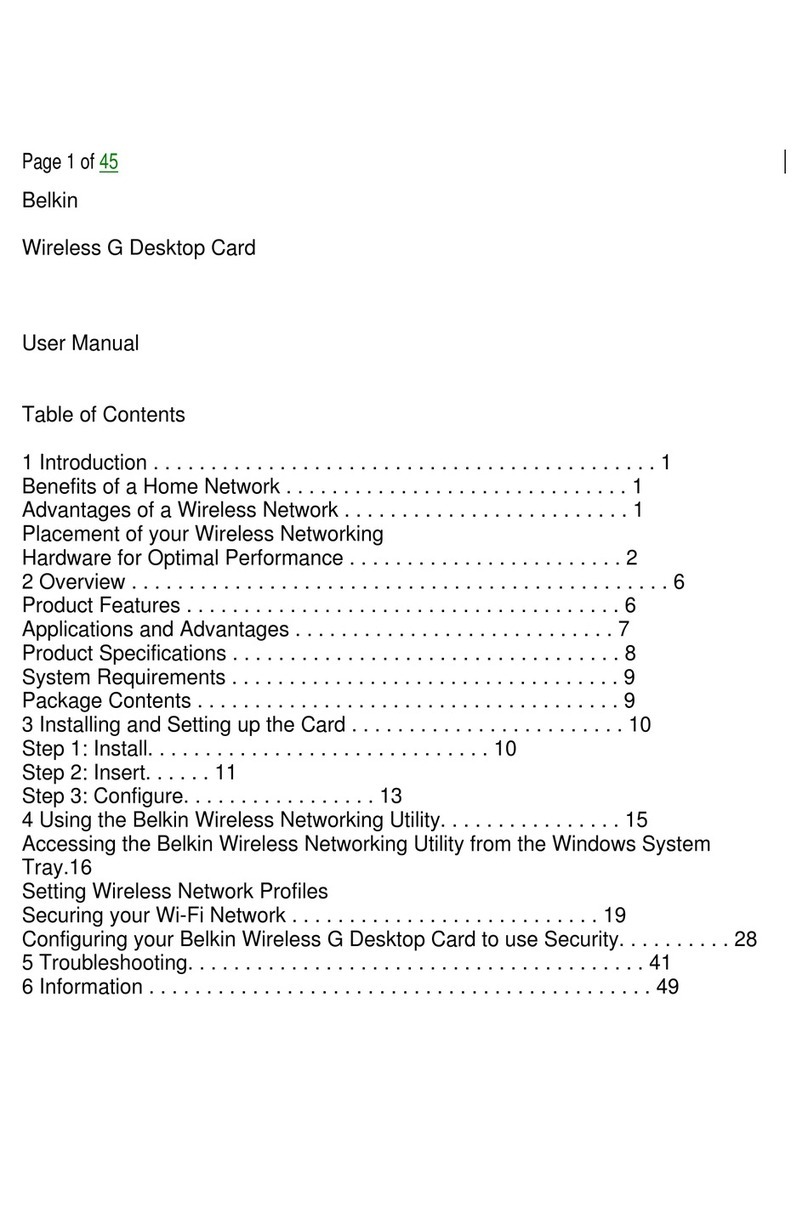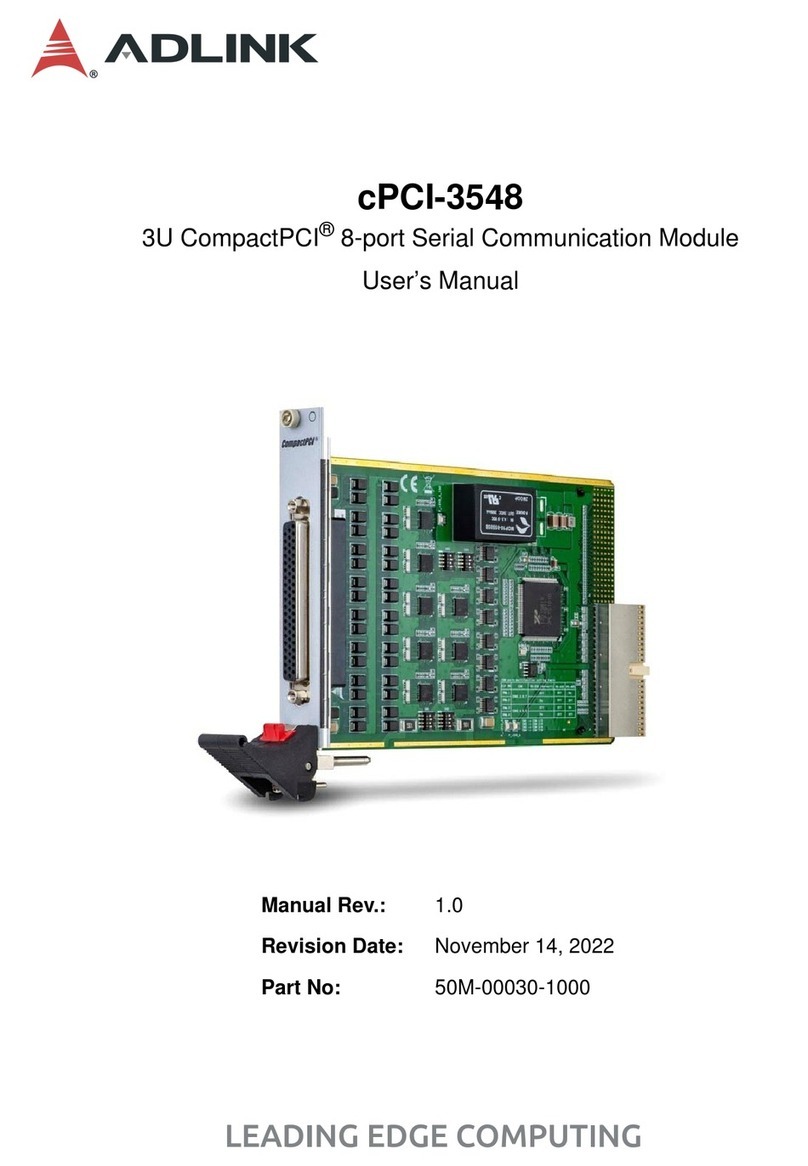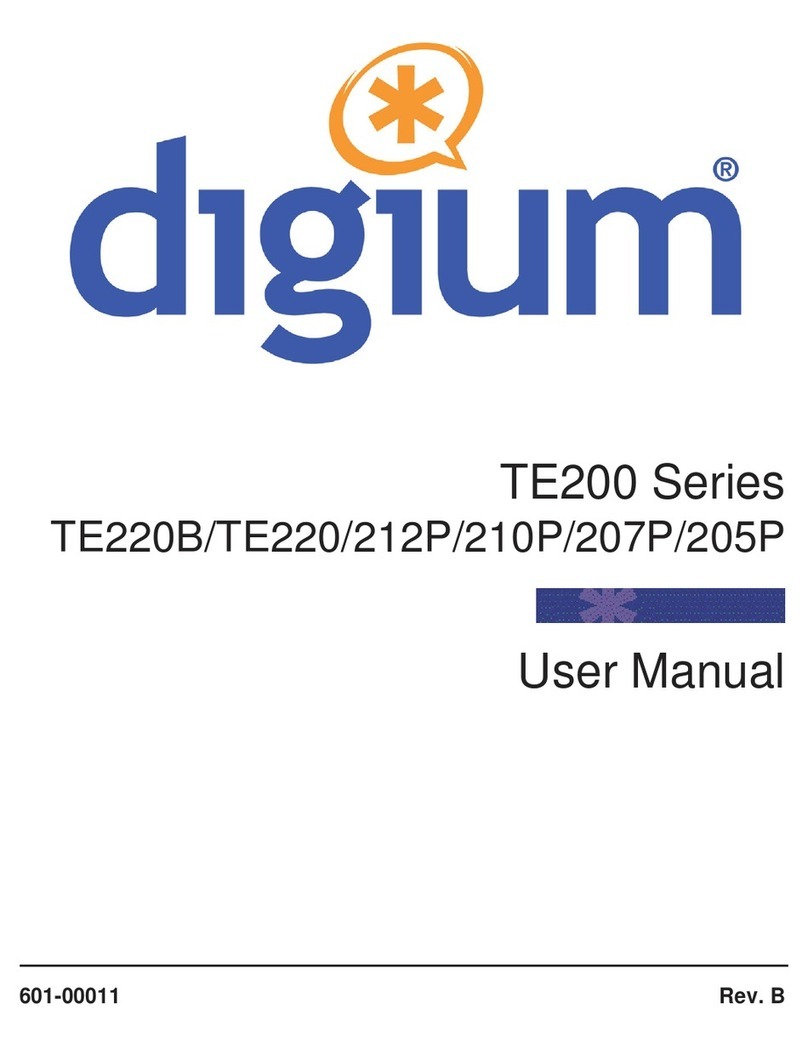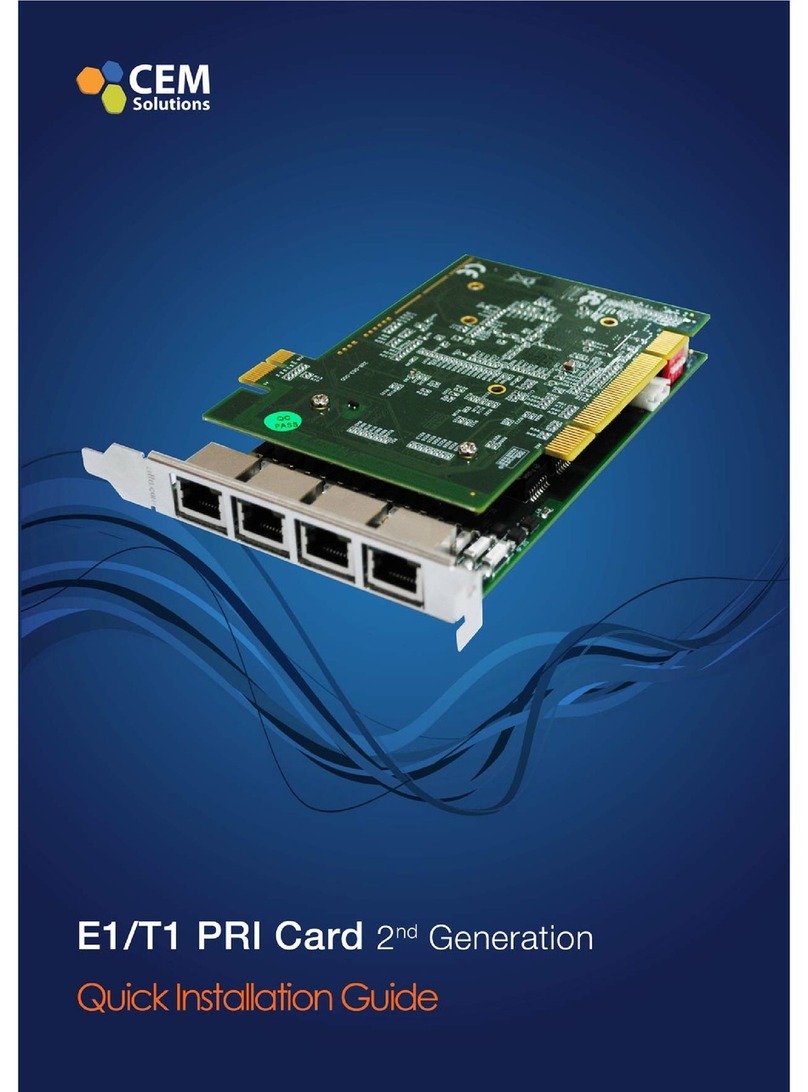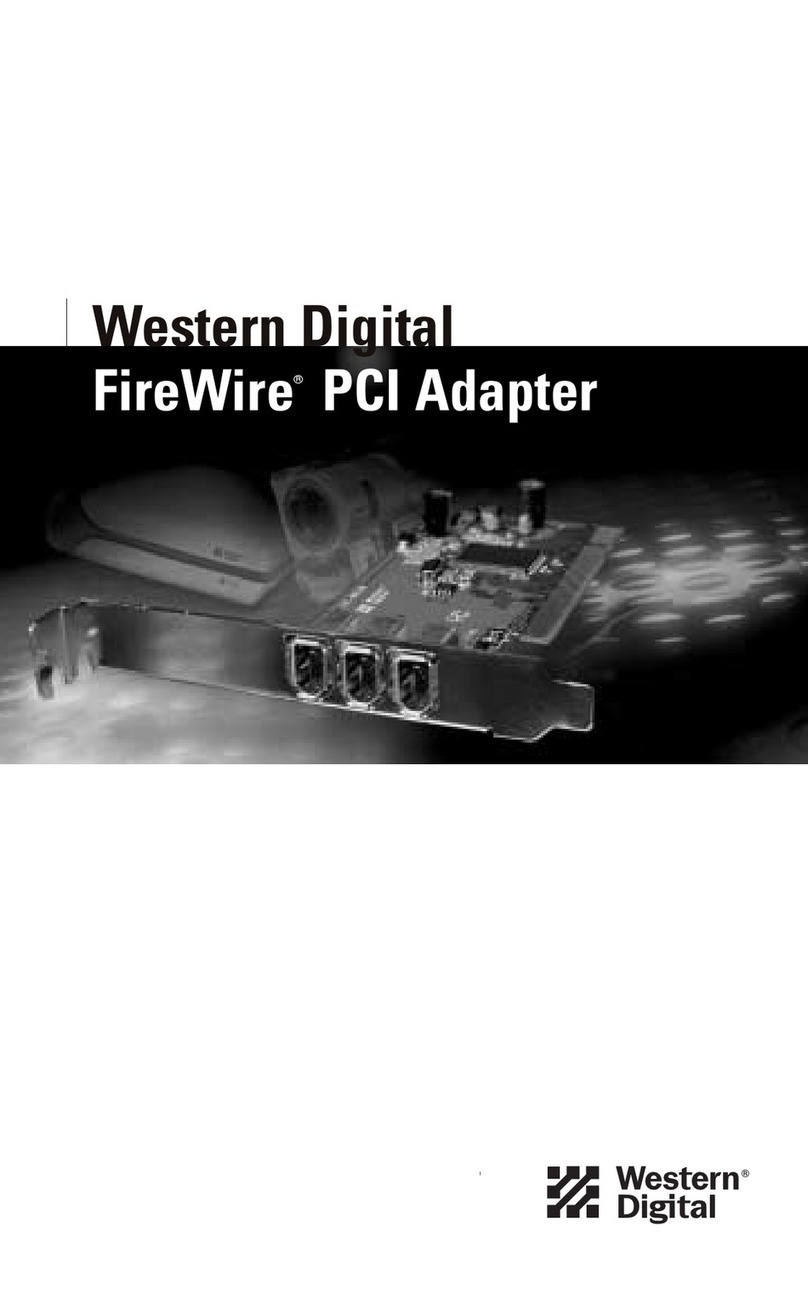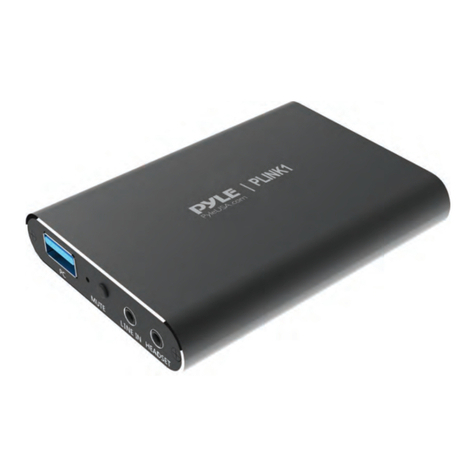2
Table of Contents
About This Guide ......................................................................... 3
VideoMate DVB-T PCI Card Contents ......................................... 5
VideoMate DVB-T300/T200A Connectors ................................... 6
VideoMate DVB-T200 Connectors............................................... 7
VideoMate DVB-T220 Connectors............................................... 8
Hardware Installation ................................................................... 9
Software Installation................................................................... 13
Remote Power On/Off................................................................14
Remote Control Key Definition and Use ....................................16
ComproDTV 2.5 ......................................................................... 18
Troubleshooting ......................................................................... 29
Copyright © 2001-2005. Compro Technology, Inc. No part of this document may be
copied or reproduced in any form or by any means without the prior written consent
of Compro Technology, Inc.
Compro, VideoMate, Poladyne, Play with Power, and the Compro logo are
trademarks of Compro Technology, Inc. Other names and marks are trademarks of
their respective owners.
Compro makes no warranties with respect to this documentation and disclaims any
implied warranties of merchantability, quality, or fitness for any particular purpose.
The information in this document is subject to change without notice. COMPRO
reserves the right to make revisions to this publication without obligation to notify
any person or entity of any such changes.
Compro Technology, Inc.
Tel. +886 2 2918 0169, Fax +886 2 2915 2389
3/F, No.12, Alley 6, Lane 45, Pao Shin Road
Hsintein City, Taipei, Taiwan.
www.comprousa.com







